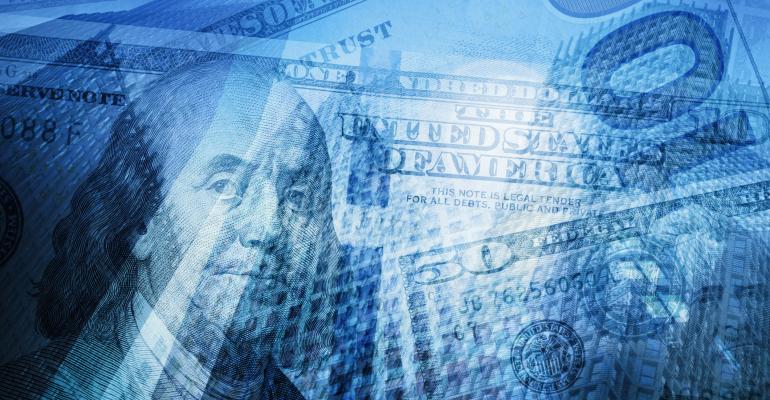Earlier this year ING issued a survey, which found that in the Americas, sustainability strategies have shifted from being a cost-cutting or brand reputation strategy to being a true revenue driver. This holds true for commercial real estate as well. The importance of sustainability in commercial real estate as a growth engine is now recognized by market participants both on the equity and on the debt side. No longer limited to simply “doing the right thing,” market participants’ decisions to go green are based upon positive impact on revenues, reduction of operating costs and the reduction of capitalization rates, all leading to higher property values.
Asset owners lead the way
Brookfield Properties, an owner, operator and developer of office and multifamily assets, reports that its tenant survey results repeatedly indicate a strong interest of tenants in reducing the amount of energy used and waste generated at their buildings. As of 2016, at least 80 percent of Brookfield’s tenant survey respondents indicated sustainable building practices were important to them. Not surprisingly, Brookfield Properties have put sustainability at the core of its business strategy. Ninety percent of the firm’s eligible global office area has achieved a sustainability designation.
USAA Real Estate Company is another market player who has integrated sustainable growth and financial performance. The firm’s approach is to improve efficiency and reduce environmental impact by keeping a sharp focus on tenants’ comfort and satisfaction, while improving financial performance. In 2016, the company reported overall annual operating cost savings from sustainable improvements of $1.5 million, including $0.6 million in energy cost savings. USAA Real Estate’s aggregate energy cost savings since 2000 have reached $24.5 million. The firm’s analysis of the results on performance shows that the LEED-related audits and implementation of recommendations show a 59 percent return on investment (ROI) and less than two years’ simple payback.
Debt providers recognize importance of sustainability of assets
Recent studies find evidence of lower default risk on commercial mortgages for buildings with sustainable labels, as well as better loan terms (lower interest rate and significantly longer interest-only periods), compared to those for non-green buildings. For instance, one study shows that office CMBS loans can have more than 30 percent reduction in default risk after the collateral property becomes Energy Star-labelled or LEED-certified (after controlling for other factors that affect default risk, such as mark-to-market loan-to-value ratio, debt-service-coverage ratio, etc.).
Another study focuses specifically on the effects of building-level energy consumption and the energy pricing on the default risk of securitized commercial mortgages (including office, retail and mixed-use properties). The research finds that building asset characteristics and operational practices that affect energy use intensity of the property have very important effects on the likelihood of default, suggesting that accounting for energy efficiency and price risk shall be an important part of the loan risk assessment process in new mortgage originations.
While the body of research on performance of sustainable assets is growing, the market still lacks transparency and solid evidence base, which would help market players to improve capital allocation strategies. Regulators are also increasingly looking for reliable data, which would justify providing capital relief for energy-efficient lending (e.g. European Commission is exploring the feasibility of recalibrating capital requirements for banks in relation to their sustainable investments, a so-called green supporting factor).
In response to the increased policy and market momentum, European banks are exploring a concept of “green tagging,” a systematic process where banks identify the environmental attributes of their loans and underlying asset collateral. The Green Tagging of bank assets is expected to help scale up sustainable finance and contribute to the development of new energy-efficient business models by providing better tracking of green loan performance and allowing for easier access to green bond markets. The UN Environment Inquiry into the Design of a Sustainable Financial System and Climate Strategy & Partners has recently published an interesting joint study into the practices of 10 leading European banks in tagging energy efficiency finance in real estate[i].
Concluding Remarks
The momentum behind sustainable investments is undoubtedly growing. In commercial real estate space, both debt and equity market players are focusing more and more on the importance of environmental attributes of their assets. Systematic approach to identifying and tracking financial and operational performance of sustainable investments will help to increase market transparency and improve efficiency of capital allocation.
Sofya Shuster serves as vice president of real estate finance at ING.

